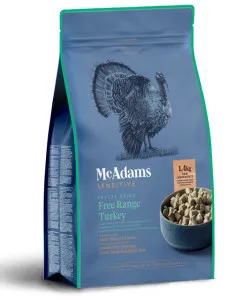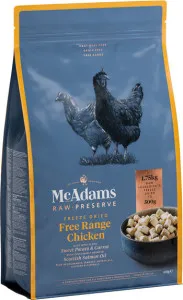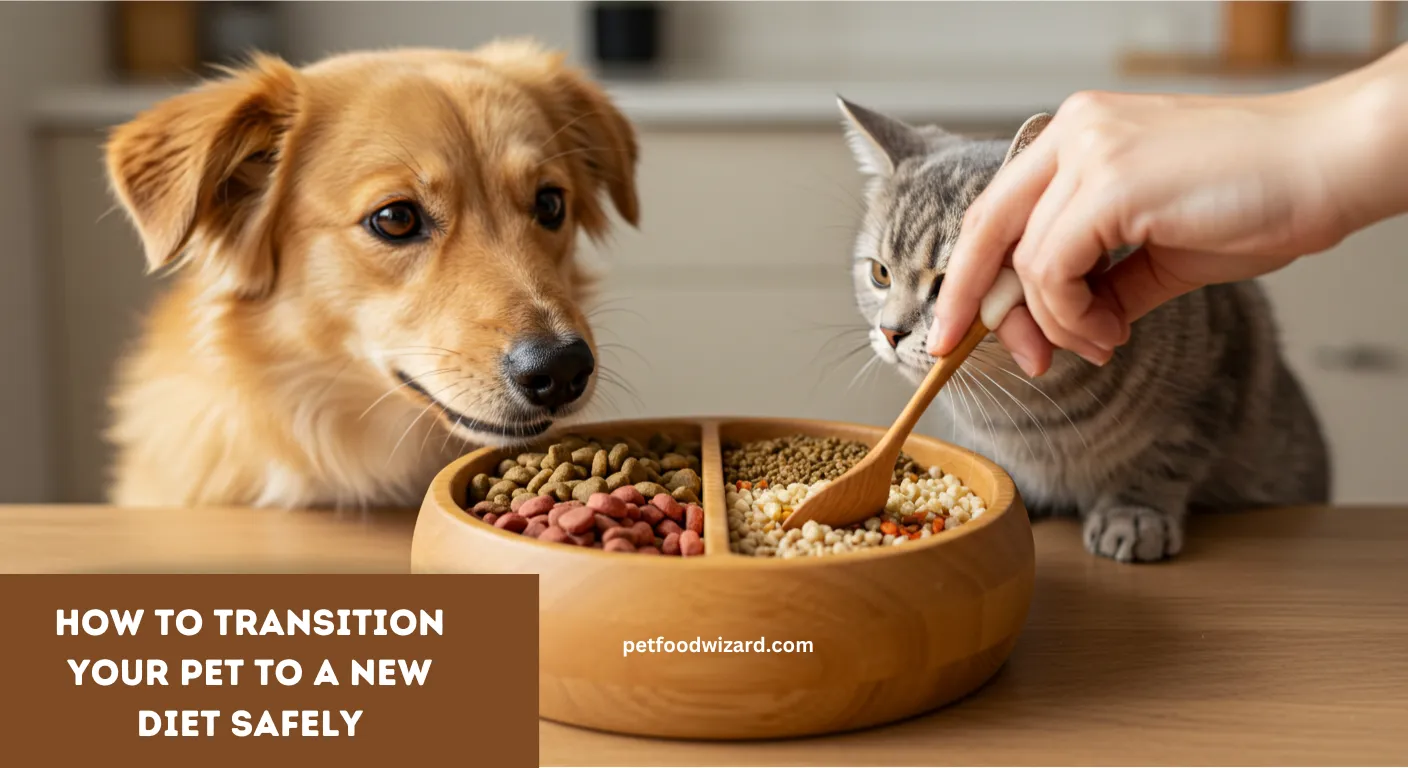How to Transition Your Pet to a New Diet Safely
Switching your pet’s diet can be a big decision, whether you’re doing it for health reasons, dietary preferences, or simply because your furry friend needs a change. However, abruptly changing your pet’s food can lead to digestive issues, stress, and even refusal to eat. That’s why it’s crucial to transition your pet to a new diet safely and gradually. In this guide, we’ll walk you through the steps to ensure a smooth and stress-free transition for your pet.
Why Transitioning Your Pet’s Diet Matters
Pets, much like humans, thrive on consistency. Their digestive systems are sensitive, and sudden changes in their diet can cause upset stomachs, diarrhea, or vomiting. A gradual transition allows their bodies to adapt to the new food, reducing the risk of discomfort. Additionally, a slow introduction helps your pet get used to the taste and texture of the new food, making them more likely to accept it.
If you’re unsure about which food is best for your pet, consider using a Pet Food Analyzer to compare options and find the perfect match for your furry friend’s needs.
Steps to Transition Your Pet to a New Diet
Transitioning your pet to a new diet doesn’t have to be complicated. Follow these steps to ensure a smooth and safe process:
1. Consult Your Veterinarian
Before making any changes to your pet’s diet, it’s always a good idea to consult your veterinarian. They can provide personalized advice based on your pet’s age, breed, weight, and health conditions. For example, pets with allergies or chronic illnesses may require a specialized diet.
2. Choose the Right Food
Not all pet foods are created equal. Look for high-quality options that meet your pet’s nutritional needs. Consider factors like:
- Age: Puppies, kittens, adult, and senior pets have different dietary requirements.
- Activity Level: Active pets may need more protein and calories.
- Health Conditions: Pets with specific health issues may benefit from prescription diets or hypoallergenic options.
- Days 1-2: Mix 25% of the new food with 75% of the old food.
- Days 3-4: Increase to a 50/50 mix of old and new food.
- Days 5-6: Use 75% new food and 25% old food.
- Day 7: Fully transition to 100% new food.
- Changes in appetite
- Lethargy or excessive energy
- Digestive issues (diarrhea, vomiting, or constipation)
- Skin or coat changes
- Switching Too Quickly: Abrupt changes can lead to digestive issues and stress.
- Ignoring Your Pet’s Preferences: If your pet refuses to eat the new food, it may not be the right fit.
- Overlooking Ingredients: Always check the ingredient list to ensure the food meets your pet’s nutritional needs.
- Not Consulting a Vet: Your veterinarian can provide valuable guidance tailored to your pet’s specific needs.
- Mix in Wet Food: Adding a small amount of wet food can make the new diet more appealing.
- Use Food Toppers: Toppers like broth, gravy, or freeze-dried treats can entice your pet to eat.
- Warm the Food: Warming the food slightly can enhance its aroma and make it more enticing.
- Offer Small Portions: Start with small portions to avoid overwhelming your pet.
If you’re overwhelmed by the choices, a Pet Food Analyzer can help you narrow down the best options.
3. Start the Transition Gradually
A gradual transition is key to avoiding digestive upset. Follow this timeline for a smooth switch:
If your pet shows signs of discomfort, slow down the transition process. Some pets may need up to two weeks to fully adjust.
Recommended Products

McAdams Freeze Dried Free Range Turkey is an excellent choice for how to transition your pet to a new diet safely. This dog food contains Boneless Free Range Turkey 86.5% and other high-quality ingredients that promote overall health.

McAdams Freeze Dried Free Range Chicken is an excellent choice for how to transition your pet to a new diet safely. This dog food contains Boneless Free Range Chicken 86% and other high-quality ingredients that promote overall health.

Canagan Insect is an excellent choice for how to transition your pet to a new diet safely. This dog food contains Freshly Prepared Insects (27%)* and other high-quality ingredients that promote overall health.
4. Monitor Your Pet’s Reaction
During the transition, keep a close eye on your pet’s behavior and health. Look for signs like:
If you notice any concerning symptoms, consult your veterinarian immediately.
5. Stick to a Feeding Schedule
Consistency is key when transitioning your pet to a new diet. Stick to a regular feeding schedule to help your pet adjust. Avoid free-feeding, as it can make it harder to monitor how much your pet is eating.
6. Be Patient
Every pet is different, and some may take longer to adjust than others. Be patient and give your pet time to get used to the new food. If your pet is particularly picky, try mixing in a small amount of wet food or a topper to make the new diet more appealing.
Common Mistakes to Avoid
Transitioning your pet to a new diet can be tricky, and there are a few common mistakes pet owners should avoid:
Tips for Picky Eaters
If your pet is a picky eater, transitioning to a new diet can be especially challenging. Here are some tips to make the process easier:
When to Seek Professional Help
If your pet continues to refuse the new food or shows signs of distress, it may be time to seek professional help. Your veterinarian can rule out underlying health issues and recommend alternative diets. Additionally, a pet nutritionist can provide tailored advice to ensure your pet gets the nutrients they need.
Final Thoughts
Transitioning your pet to a new diet is a process that requires patience, care, and attention to detail. By following the steps outlined above, you can ensure a smooth and stress-free transition for your furry friend. Remember, every pet is unique, so don’t hesitate to adjust the process to suit your pet’s needs.
If you’re still unsure about which food is best for your pet, try using a Pet Food Analyzer to compare options and make an informed decision. Your pet’s health and happiness are worth the effort!
